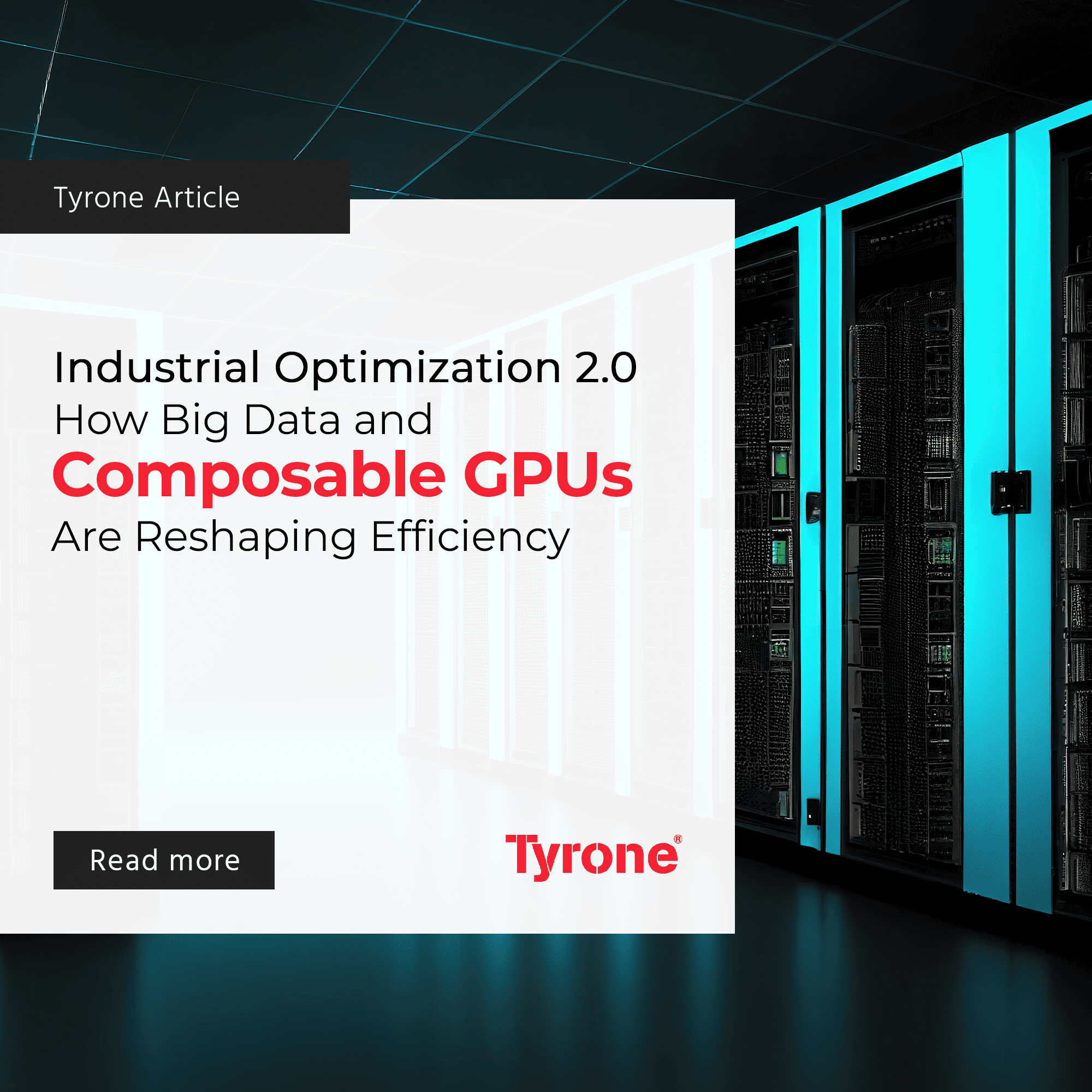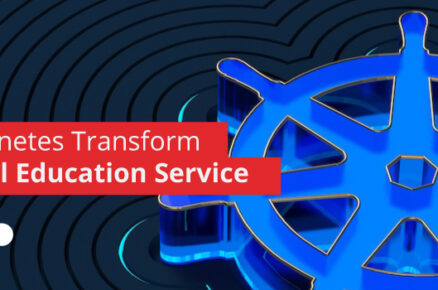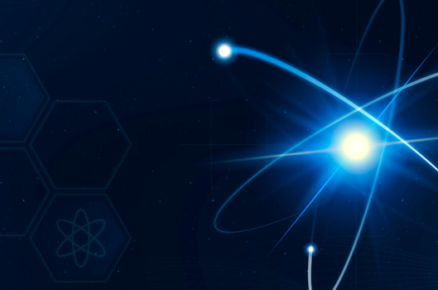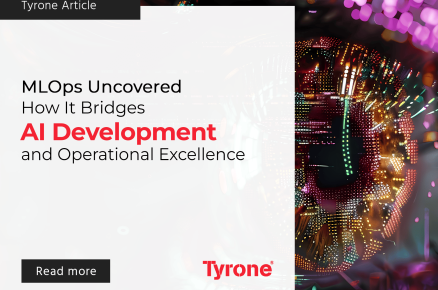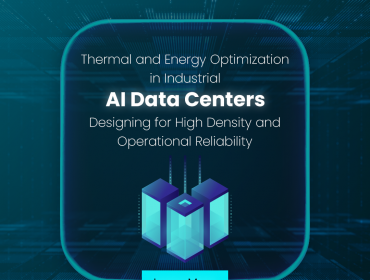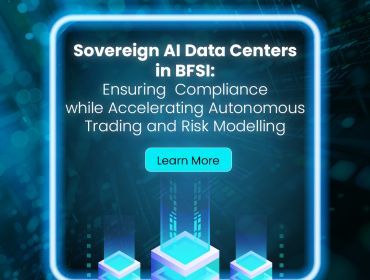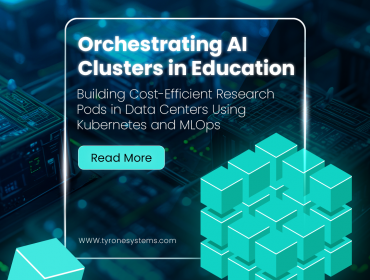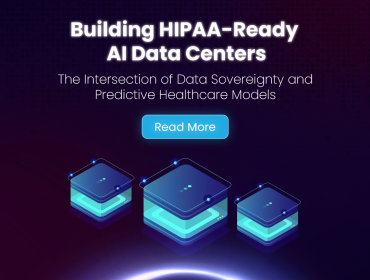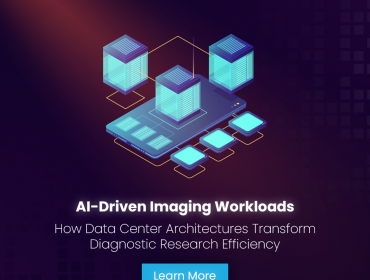The modern industrial landscape is undergoing a radical transformation fueled by data-driven decision-making and adaptive computational architectures. In this era—often termed Industrial Optimization 2.0—stakeholders are increasingly recognizing that the convergence of Big Data analytics and composable GPU technology is not just a technical upgrade, but a strategic imperative for driving operational efficiency and competitive advantage.
The Paradigm Shift: From Static Assets to Dynamic Ecosystems
Industrial operations have long relied on traditional, fixed infrastructure. However, the accelerated pace of digital transformation means that static computing and siloed data are no longer viable. Today’s market leaders demand systems that seamlessly adapt to workload fluctuations and deliver insights in real time. Composable GPU architectures exemplify this shift. By dynamically pooling GPU resources, companies can reallocate computing power on demand, tackling complex simulations and large-scale AI model training with unprecedented agility. This approach not only enhances resource utilization but also drives down capital expenditure and operational costs—a critical outcome for businesses navigating volatile market conditions.
Leveraging Big Data Analytics for Enhanced Operational Insight
The proliferation of sensor networks, IoT devices, and digital twins in industrial settings has resulted in a monumental accumulation of data. This Big Data serves as a gold mine for operational insights, empowering companies to move from reactive maintenance to predictive and prescriptive analytics. Advanced algorithms sift through heterogeneous data streams in real time, identifying inefficiencies and bottlenecks that were previously undetectable. For instance, predictive maintenance regimes, enabled by robust data analytics, can reduce downtime by pinpointing the optimal moments for component replacement or repair, thereby driving efficiency gains across the production line. This data-centric approach minimizes waste, enhances throughput, and transforms industrial operations into nimble, insight-driven entities.

Composable GPUs: The Future of Industrial Computing
Composable GPU technology represents a leap forward in how industrial computer infrastructures are designed and deployed. Unlike traditional GPUs that are hard-wired into a fixed configuration, composable architectures allow for the dynamic allocation of GPU resources across multiple workloads. This flexibility ensures that high-priority tasks, such as complex AI model training or simulating critical production scenarios, receive the computational power they require without the need for over-provisioning. For example, recent innovations by Liqid have demonstrated that up to 30 NVIDIA L40S GPUs can be dynamically composed on a single Dell server, enabling faster, more energy-efficient AI training and simulation processes (Source: Blocks and Files). This intelligent resource management is proving essential for enterprises seeking to maximize throughput while mitigating the risks associated with static hardware investments.
Strategic Considerations for Stakeholders
For decision-makers and industry stakeholders, the integration of Big Data and composable GPUs transcends technical innovation—it is about strategic positioning. The deployment of composable GPU systems facilitates a move toward scalable, agile cloud and edge computing environments where resources are allocated based on real-time demands. This scalability is essential in an era where digital disruption demands rapid pivots and feedback loops driven by real-time data analytics.
Investments in these transformative technologies must be accompanied by robust change management and digital upskilling strategies. Enterprises need to embrace a holistic approach—integrating advanced analytics with adaptive hardware—to sustain long-term competitive advantages. The transition to a composable infrastructure minimizes wastage while ensuring that every dollar spent translates into measurable performance improvements. For stakeholders, viewing this transition through the lens of operational efficiency and ROI rather than mere cost is critical. Strategic partnerships with technology providers that specialize in composable architectures and Big Data analytics can accelerate this transformation, offering tailored solutions that align with specific industrial requirements.
Future Outlook: Beyond Efficiency to Innovation
Looking ahead, the convergence of Big Data and composable GPU frameworks is poised to propel industrial optimization into a realm where efficiency dovetails with innovation. The capability to dynamically reconfigure computing resources unlocks new possibilities in areas such as process simulation, digital twin development, and real-time decision-making. As AI models become more sophisticated and datasets continue to grow in complexity, the ability to harness scalable computational power will become an increasingly critical differentiator. Stakeholders must consider this integration not only as an efficiency booster but as a foundational element for future-proofing their operations against the disruptive forces of digital transformation.
Moreover, the transparency and granularity provided by Big Data analytics enable continuous improvement cycles, ensuring that operational enhancements are never static but evolve with the business environment. The marriage of adaptive GPU configurations with deep data analytics will ultimately enhance the resilience of industrial supply chains and drive sustained innovation—positioning organizations for success in an unpredictable global marketplace.

Conclusion
Industrial Optimization 2.0 is redefining efficiency—transforming operational paradigms through the fusion of Big Data analytics and composable GPU architectures. For stakeholders, this evolution is not merely about incorporating advanced technology but about implementing a strategic framework that delivers measurable gains in productivity, cost savings, and agility. As the industrial landscape continues to evolve, the integration of these transformative technologies will remain pivotal. Enterprises that successfully manage this transition will not only enjoy enhanced operational performance today but will also lay the groundwork for groundbreaking innovations tomorrow.
Embracing this future means turning data into intelligence and static assets into dynamic, scalable powerhouses—ensuring that the industrial world remains competitive, resilient, and relentlessly innovative in the face of change.


